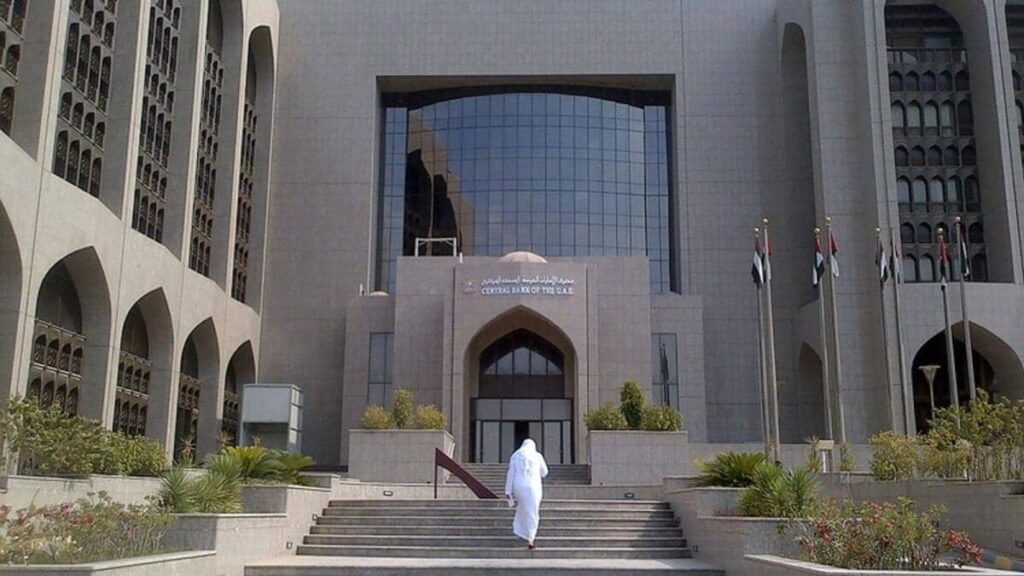The UAE’s Central Bank increased the country’s projected economic growth for 2022 from 6.5 to 7.6 percent on Monday, citing greater-than-expected performance in non-oil sectors like tourism, hospitality, real estate, transportation, and manufacturing.
According to the Central Bank’s quarterly review report for the third quarter of this year, oil GDP is predicted to grow by 11% in 2022, while non-oil GDP would increase by 6.1%, up from its earlier forecasts of 4.3%.
The bullish forecast from the Central Bank of the UAE is greater than the most recent estimate of 6.5% made by Abdullah bin Touq, Minister of Economy.
According to Touq, the UAE is on track to double the size of its economy to Dh3 trillion by 2031. This was said at the inauguration of the “Future 100” project to promote 100 businesses. He stated that the country must grow by 7% annually in order to meet that goal.
The UAE’s economic growth is expected to climb by over 6% in 2022, according to the International Monetary Fund, up significantly from last year’s prediction of 3.8%. Increased foreign investment into the nation following the government’s successful management of the pandemic, according to the IMF, served as a major growth driver. “Looking ahead, the UAE economic outlook remains positive, supported by domestic activity. We expect non-hydrocarbon growth to be around 4.0 percent in 2023 and to accelerate over the medium-term with the implementation of ongoing reforms,” the IMF has said.
Comprehensive visa reforms and a decision to permit 100% foreign ownership of enterprises, according to economists, were other contributing factors to the quicker rate of growth. They have high hopes for a series of Comprehensive Economic Partnership Agreements the UAE aims to negotiate, which they believe would further drive future growth. While talks with Pakistan, Turkeye, Georgia, and Cambodia are either ongoing or in the planning stages, the nation has signed Cepa agreements with Israel, Indonesia, India, and Indonesia this year.
In addition to the remarkable improvement in the real non-oil GDP following the easing of COvid curbs, the recovery in the global travel and tourism sector, the boom in the real estate and construction sectors, and the expansion of manufacturing activity, according to the CBUAE report, the total real GDP continued to grow at a strong pace in the third quarter of this year after a strong increase in the first half of the year.
According to the Central Bank, estimates for real production growth in 2023 have been revised downward to 3.9% due to predictions for an oil GDP increase of 4.2% and a non-oil GDP growth of 3.0%. As a result of higher taxes and social contributions, government income rose 46.7% year over year in the first half of this year to reach Dh305.6 billion, while current spending expanded by 6.1% to reach Dh180.1 billion, outpacing the growth of 5% in the same period last year.
“The UAE has benefited from a vibrant private sector, supported by comprehensive reforms and a job market that attracts the best talents. The banking sector continues to stimulate private investment as credits to the private sector increased by 4.9 percent on an annual basis by the end of last September,” said the apex bank.
According to the CBUAE study, the UAE’s purchasing managers’ index increased to 56.7 in October from 55.4 in June, suggesting growth in the non-oil private sector for the 23rd consecutive month.
